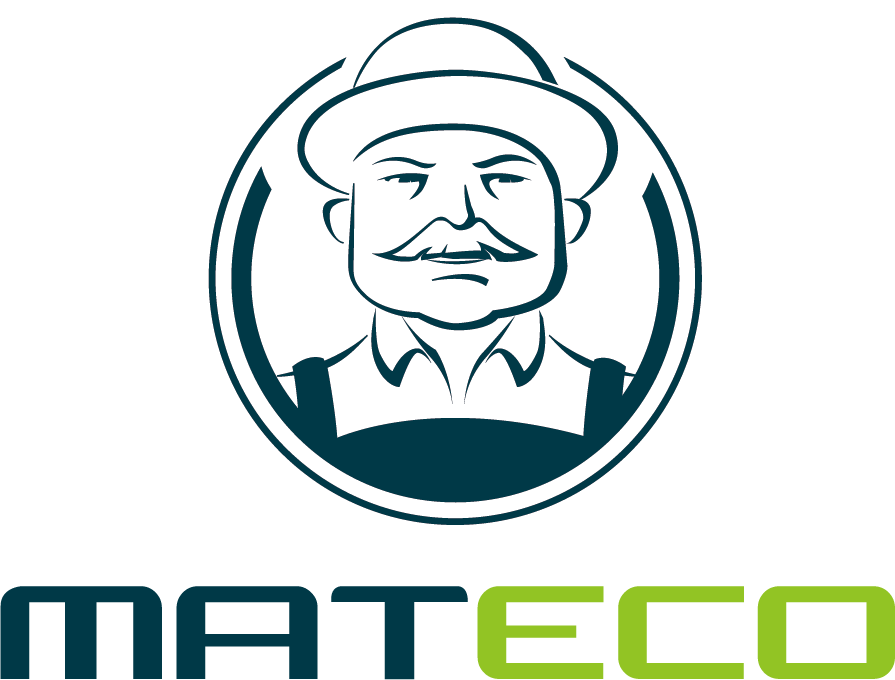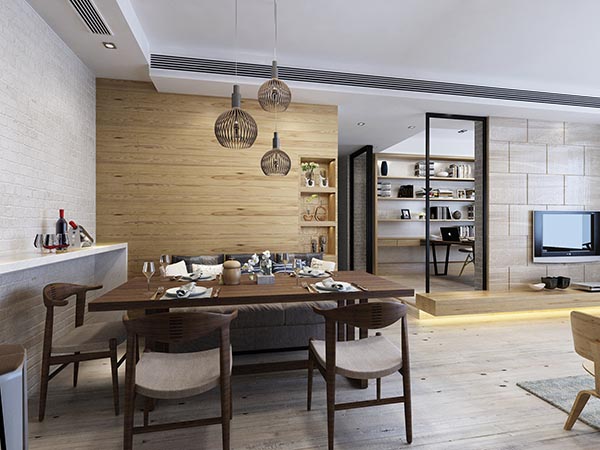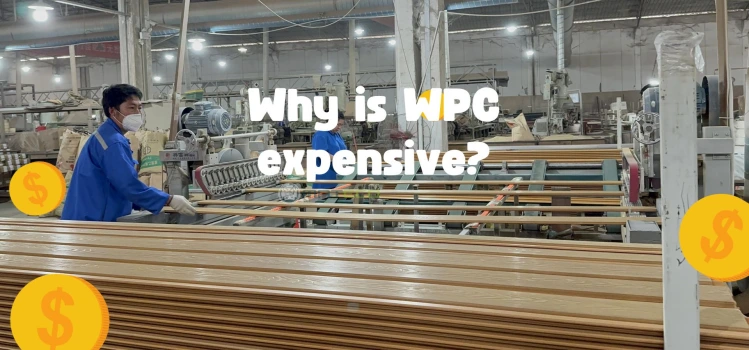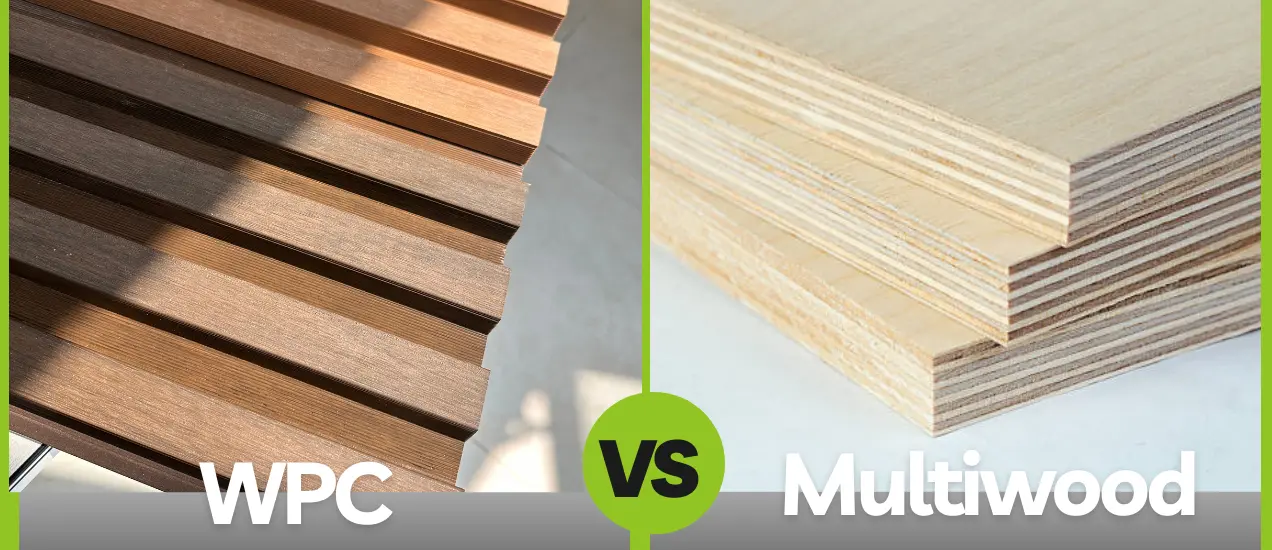Top Cladding Alternatives in 2025
Cladding isn't just a design layer — it's a critical part of performance, compliance, and long-term cost control. As project demands shift toward faster build cycles, reduced maintenance, and code alignment, the market is responding with better-engineered options across materials and systems.
Whether you're in residential, commercial, or prefab construction, here's a no-fluff breakdown of the most relevant cladding systems being spec'd and installed today.
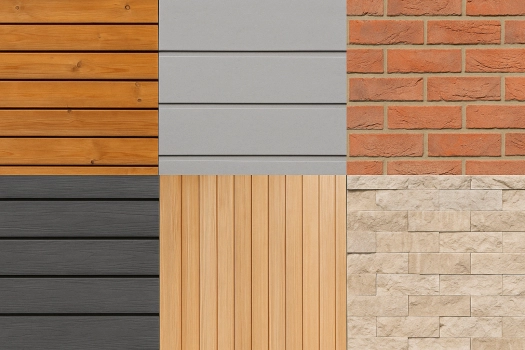
Table of Contents
1. Composite Cladding
What it is: A blend of recycled wood fibers and plastics — often called WPC (wood-plastic composite) — used as an alternative to timber.
Why it’s used:
Weather- and UV-resistant
Zero painting or staining
Lightweight, easy to install
Ideal for cost-controlled, low-maintenance projects
Watch out for: Quality varies by supplier. Stick with certified products if you're managing long-term warranties.

2. Timber Cladding
What it is: Natural timber boards, battens, or panels used as a decorative and insulative exterior surface.
Why it’s used:
Warm, organic appearance
Renewable when sourced responsibly
Customizable through stains, oils, or burns
Watch out for: High maintenance cycle, especially in exposed zones. Best in lower-rise builds or protected façades.
3. Fiber Cement
What it is: Compressed cement reinforced with cellulose fibers, formed into planks or panels.
Why it’s used:
Non-combustible (complies with fire codes)
Resistant to rot, termites, and water damage
Accepts paints and coatings well
Watch out for: It’s heavier and more labor-intensive to install. Panel jointing needs careful detailing.
4. Metal Cladding
What it is: Cladding made from steel, aluminum, or zinc sheets — sometimes as sandwich panels or cassette systems.
Why it’s used:
Strong resistance to fire, pests, and weather
Recyclable
Lightweight compared to cement or brick
Watch out for: Can dent, and may require insulation backing for thermal performance. Use marine-grade finishes in coastal builds.
5. Brick Slips and Stone Veneers
What it is: Thin-cut masonry adhered to a substrate to simulate traditional brick or stone construction.
Why it’s used:
Preserves heritage appearance
Excellent thermal mass
Low maintenance once installed
Watch out for: Material and install cost is high. Substructure needs to be strong enough to carry weight.
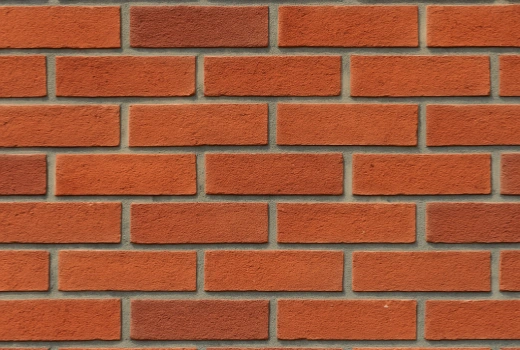
6. uPVC Cladding
What it is: Plastic cladding typically used in residential builds, especially for cost-sensitive or retrofit projects.
Why it’s used:
Low cost, low maintenance
Pre-finished in various colors
Simple install process — often DIY-friendly
Watch out for: Limited lifespan, less impact resistance, and environmental concerns around disposal.
What the Market Wants Right Now
Across the industry, specifiers and contractors are looking for materials that:
Ship fast and install clean
Meet fire and code compliance
Don’t require call-backs for maintenance
Deliver consistent quality in bulk quantities
Fit modular or prefab building models
Cladding is no longer just a visual choice — it’s a performance and logistics decision. Composite and fiber cement products are dominating for their durability and low upkeep, while metals and engineered stone systems continue to win in commercial and civic projects. Timber still has a place, but it’s increasingly used as a premium or protected finish.
If you are looking for a WPC manufacturer, MATECO will be your best choice.
WhatsApp: +86-13380085620
Email: info@matecowpc.com
